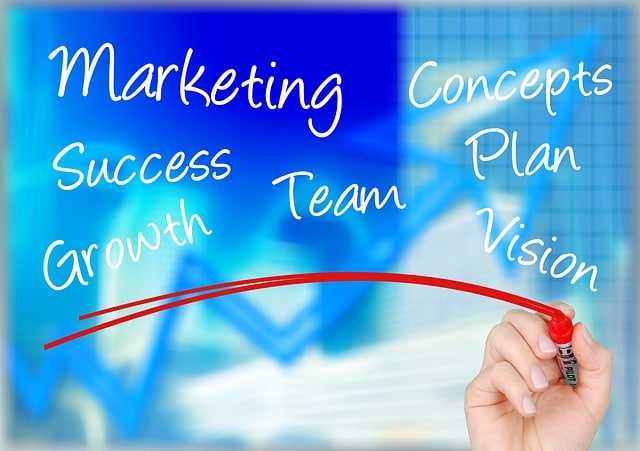SHARE
How to Create an Inbound Sales Funnel that Gets Results

How do you get customers to buy when there is so much competition online? Setting your business apart and making sales takes some work. But you’re in luck – there’s a process you can follow that will help you stand out to your audience: the inbound sales funnel. Read on to learn how to use inbound sales funnels and software like HubSpot Sales Hub to cut through the competition and serve your audience.
So, the big deal about inbound sales funnels is that they give your customers the best chance to find your business and get what they want from you rather than your competition. Using this customer-centric approach means you understand the needs and interests of your prospects. Working with this knowledge lets you introduce and sell your product in a way that appeals to and solves your ideal client's problems without filler. Following an inbound sales funnel process makes content creation easier and fosters more genuine interactions.
Inbound sales funnels work because your effort is focussed on attracting the leads that are more likely to convert, thus maximizing your return on time and effort. Plus, you can easily maintain long-term connections with customers to foster loyalty to your brand. Loyal customers will continue to buy from you and refer you to their networks.
5 Steps to Building Your Inbound Sales Funnel
Remember, knowing your target audience is the foundation of your inbound sales funnel success. You create content for them throughout every stage of their buying journey. So, understanding your ideal customer profile is the first step to creating a sales funnel. Let’s review all the steps here.
Step 1. Understand your ideal customer profile. Conduct market research to identify your audience's pain points and needs. Look at your past customers and the sales processes that worked. Then, use this information to create buyer personas to reach these unique groups.
Step 2: Attract leads with valuable content. Use blogs, videos, and social media to educate, inform, and attract your target audience. Marketing and sales can collaborate here to ensure that the content answers customer questions. Use search engine optimization (SEO) to rank high in searches for your services.
Step 3: Engage with Personalization. Use personalized communication to engage leads. Once you know a lead's unique problems, provide solutions just for them. For example, create email marketing campaigns tailored to subscribers' preferences.
Step 4: Nurture with Lead Scoring. Implement a lead scoring system (a set of qualifications that helps you prioritize high-quality leads). Knowing if a lead is hot (high score) helps you manage your sales team's time. Hot leads move to sales faster. Lower—scored leads continue to receive helpful content without pressure to make a decision when they are not ready.
Step 5: Convert with a Seamless Sales Process. Create a process where your salespeople focus their efforts on sales-qualified leads. This ties in with lead scoring. Let your marketers continue to attract leads, and only have your salespeople spend their skills and time with people who are ready to make a decision.
Bonus: If you’re using HubSpot Sales Hub, you already have this information, such as who your customers are and how they make buying decisions, at your fingertips.

The Right Content Is Essential For an Inbound Sales Funnel
Your sales funnel isn’t working if no leads get past their initial research phase. Thoughtfully craft everything from the first piece of content they find from your business to the last piece they interact with before making a decision.
To keep potential customers engaged, tailor content to guide them from new leads to satisfied customers. Look at how buyers make purchasing decisions. There are three stages that lead them through the process. Check out these content suggestions for each stage of the buyer’s journey to help you get the right content to your leads at the right time:
1. The awareness stage is when you address common pain points and introduce your brand as a helpful resource to consumers just starting their research. How-to blogs and infographics work well here as top-of-the-funnel content.
2. During the consideration stage, buyers look for more in-depth information to determine whether a purchase will solve their problems. In the middle of the funnel, offer information through longer blogs and research-focused documents. Webinars, case studies, and comparison guides also work well.
3. At the decision stage, focus on bottom-of-the-funnel content that encourages decision-making, such as free trials, testimonials and demos, to assure buyers they're making an informed decision.
Common Inbound Sales Funnel Pitfalls and How to Avoid Them with HubSpot Sales Hub
While building an inbound sales funnel can be transformative, there are common pitfalls that businesses should be aware of to ensure success. Using software like HubSpot means avoiding these issues without taking on extra work. Let’s take a look at what can cause problems for your team so you can recognize what could be holding your sales back:
- Neglecting Lead Nurturing: Failing to nurture leads can result in missed opportunities. Ensure consistent follow-up and engagement throughout the funnel. HubSpot shows you where leads are at any stage of the sales process. You can see where they’re stuck and have a solution already in place to move them forward.
- Ignoring Data: Overlooking data insights can hinder your ability to make informed decisions. When you have the information you need in HubSpot to analyze your funnel’s performance, you can quickly see where your process is going wrong and fix the problems.
- Lack of Personalization: Generic messaging can deter potential customers. Personalize interactions to resonate with your audience. Again, using HubSpot makes creating content that fits the right lead at the right time easier. And, you can even make your interactions specific to individuals with a click of a button.
If you’re using the HubSpot Sales Hub, you can avoid these pitfalls and quickly see how your inbound sales funnel is performing by:
-
Implementing CRM integration to keep all customer data in one place to easily track interactions and tailor your approach based on past engagements.
-
Tracking and automating emails to keep your leads engaged and send personalized emails at the right time.
-
Using analytics and reporting tools to gain insights into your funnel's performance to identify areas for improvement. Use the sales dashboard HubSpot offers to see the data in different ways and share it with your teams.
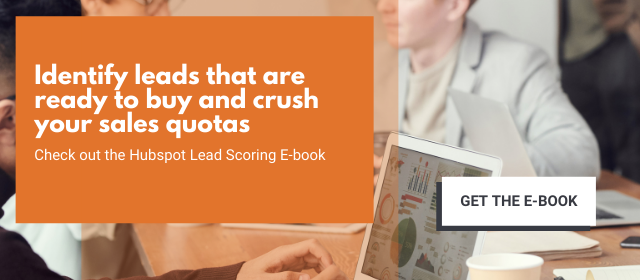
It sounds good, right? But remember, sales funnels are always a work in progress. HubSpot makes your workload easier, not non-existent. Creating an inbound sales funnel is an ongoing process that requires continuous optimization and analysis.
You’ll always be working toward better engagement and more sales. So remember to review, revise and repeat to meet target audience expectations and stay on top of how your ideal consumers make their buying decisions. When you continually analyze your performance, you simply need to make adjustments as they happen, and your business won’t be left behind.
Now, you’re ready to build inbound sales funnels that generate quality leads and improve your sales process. Whether you use a CRM like HubSpot or not, your sales and marketing teams can create an inbound process that works to bring attention to your unique business and increase your sales.
Shake Off Dated Sales Processes and Work with a Sales Growth Expert to Lead Your Team into the Future of Sales
Topics
- Content Creation (297)
- Growth-Driven Design Websites (167)
- Inbound Marketing (144)
- Sales Growth (133)
- Tangible Words (111)
- Search Engine Optimization (85)
- Social Media Marketing (83)
- Blogging for Business (75)
- Hubspot (75)
- Economic Development (64)
- Events & Training (60)
- Company Growth Podcast (49)
- Manufacturing (47)
- Tourism (46)
- Email Marketing (42)
- Case Stories (40)
- Testimonials & Client Feedback (36)
- Education and SaaS (23)
- Google (21)
- Careers (19)
- Inbound Marketing Agency (19)
- Cool Companies (18)
- FAQ (16)
- Alysha Dominico (13)
- Associations (7)
- Food and Beverage (7)
TW Blog Sign-Up
Learn more about how to grow your business and improve your sales team process.

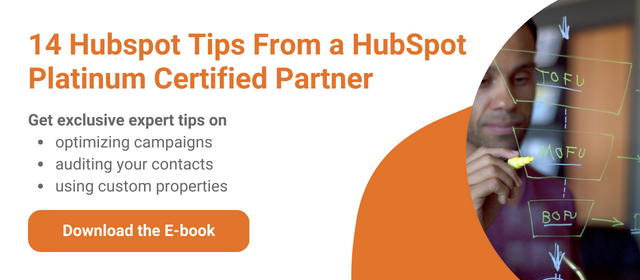


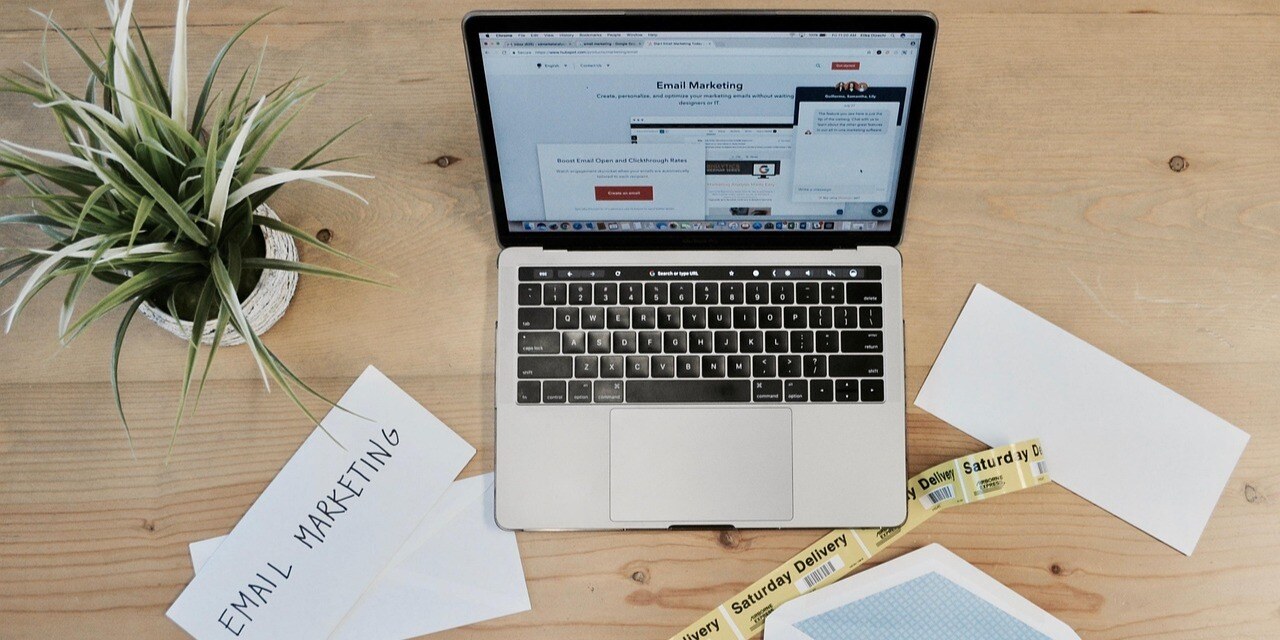
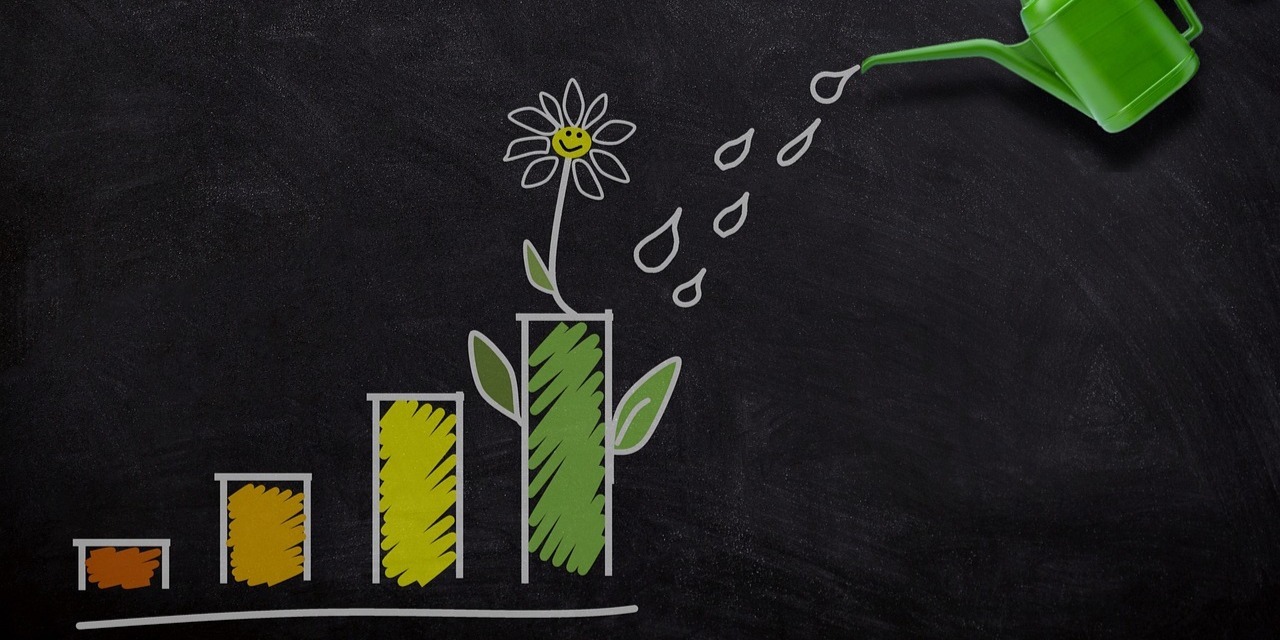

-1.png)
